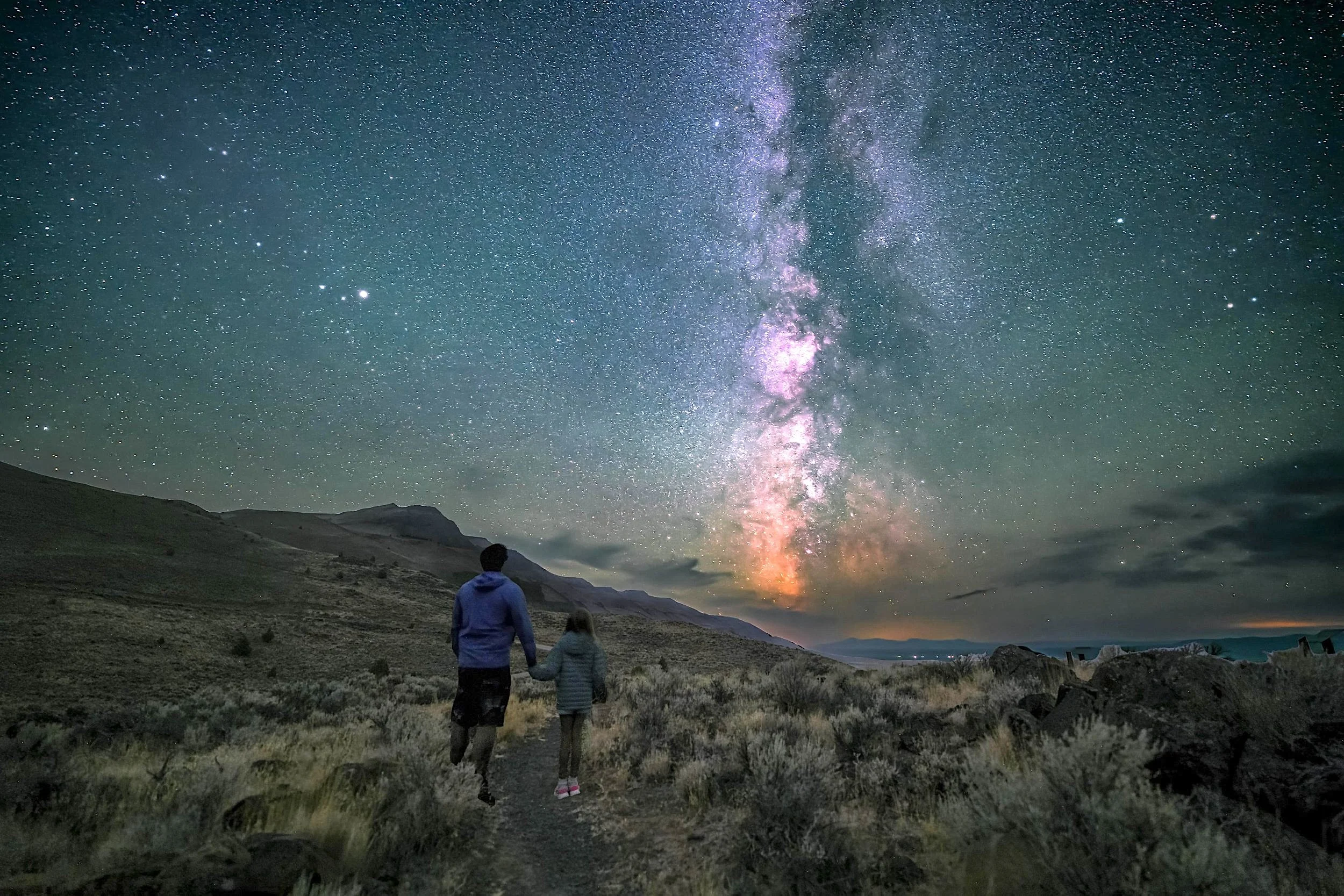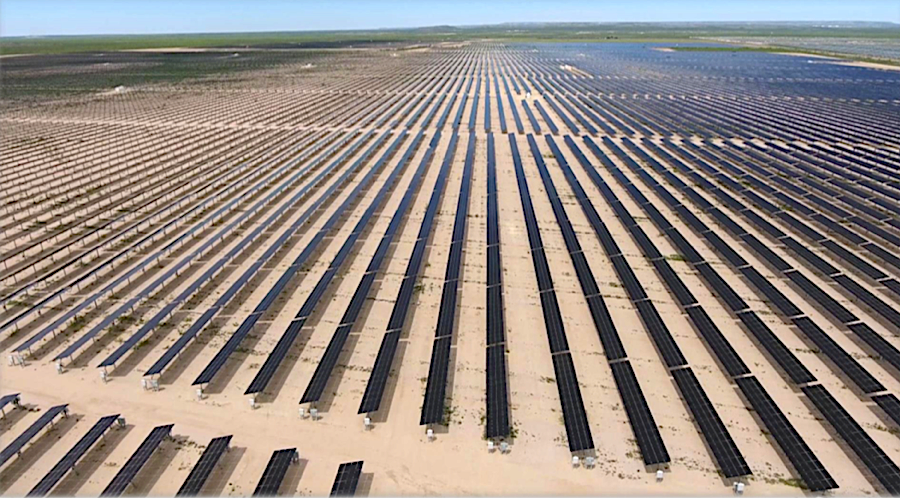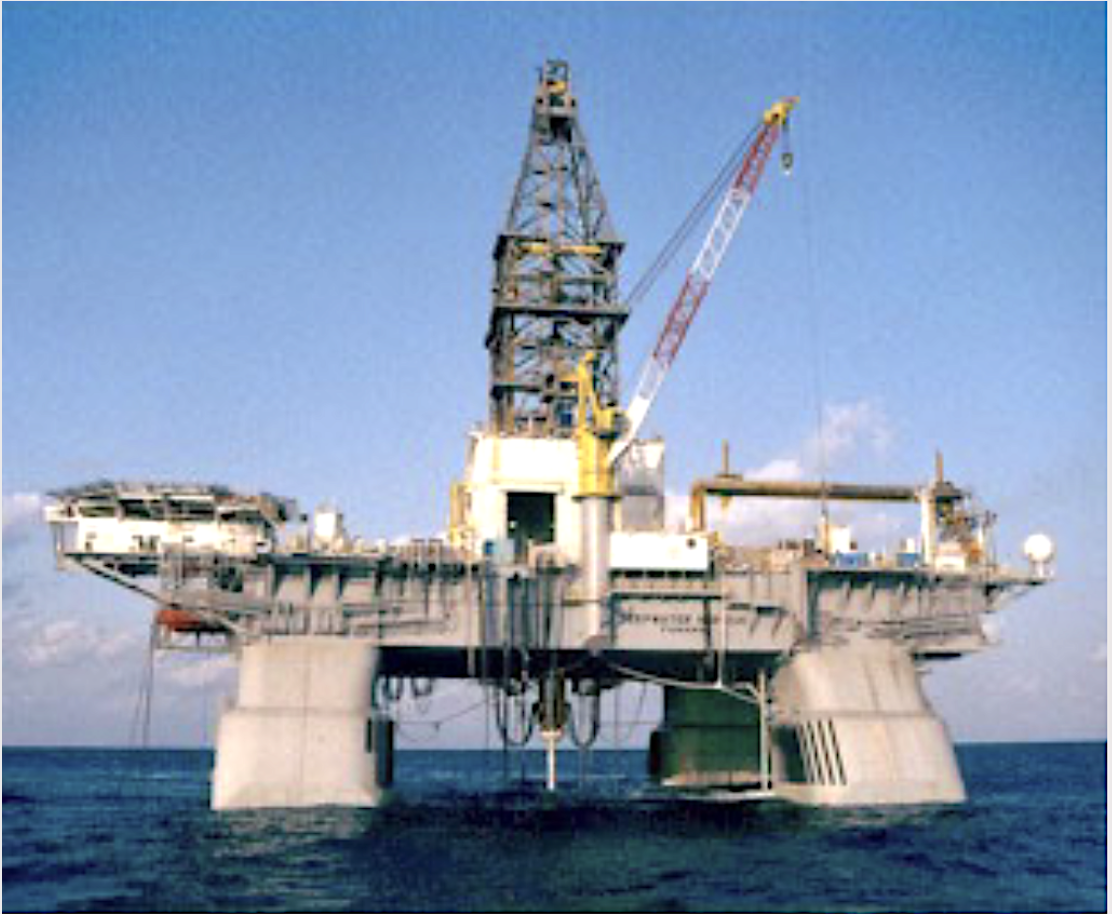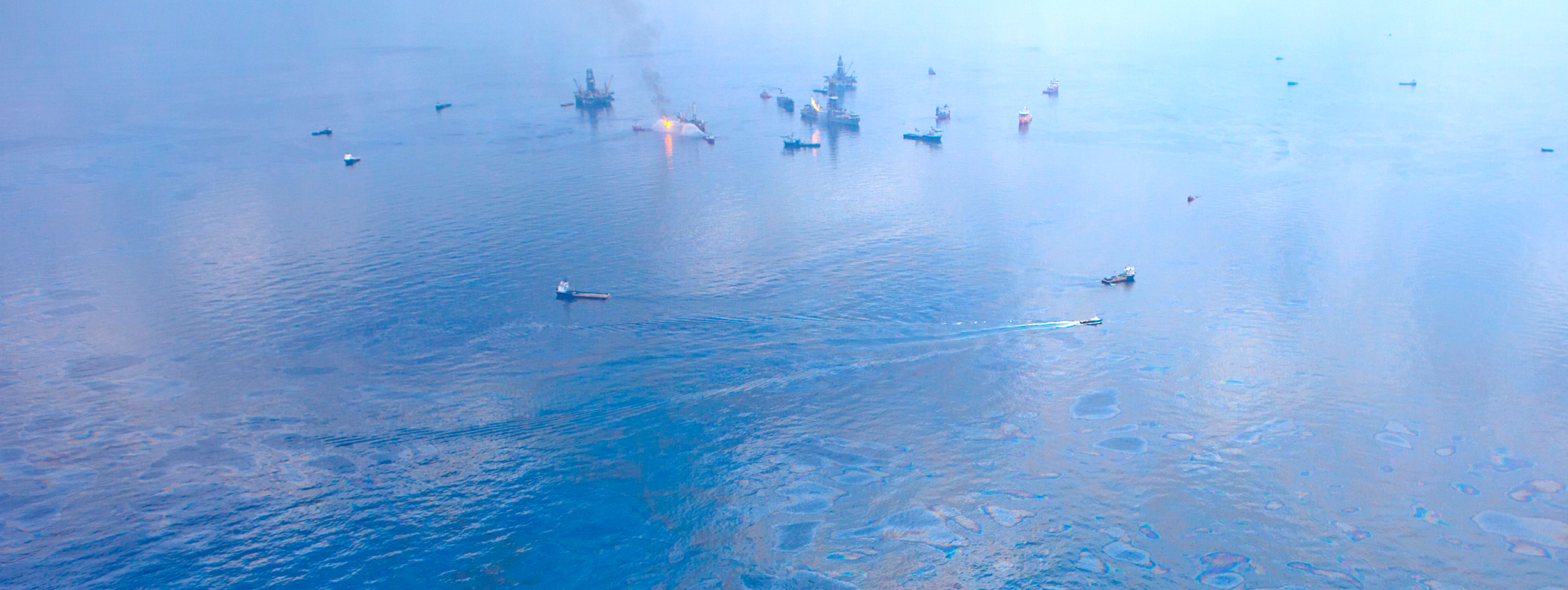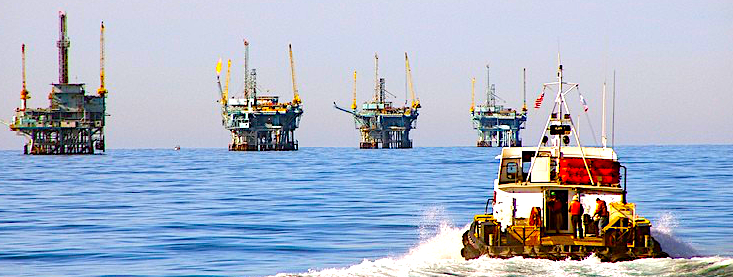Sort By Category
- 30x30
- Administration
- Antiquities Act
- Book Reviews
- Bureau of Land Management
- Climate Change
- Climate change
- Coasts
- Congress
- Counties & Federal Lands
- Courts
- Courts & Litigation
- Department of Agriculture
- Department of Interior
- Deserts
- Ecological Reserves
- Ecosystems
- Elections
- Endangered Species
- Energy
- Estuaries
- Federal Lands
- Fish
- Fish and Wildlife Service
- Forest
- Forest Fires
- Forest Service
- Forestry
- Forests
- Grasslands
- Land & Water Cons. Fund
- Land & Water Conservation Fund
- Legislation
- Litigation
- Livestock Grazing
- Marine Protected Areas
- Marine Sanctuaries
- Mature & Old-Growth Forests
- Mature and Old-Growth Foresrts
- Mining
- Nat'l Conservation Lands
- National Forest System
- National Marine Sanctuaries
- National Monuments
- National Monuments Act
- National Park Service
- National Park System
- National Parks
- National Recreation Area
- National Scenic Area
Sort By Tag
- 1002 area
- 30x30
- 5th Amendment
- ANWR
- Acadia National Park
- Adam Smith
- Administrative Procedure Act
- Advancing Conservation and Education Act
- Alan Bates
- Alan Deboer
- Alaska
- Alaska National Interest Lands Act
- Alaska Native Claims Settlement Act
- Aldo Leopold
- American Forest Resource Council
- American Prairie Reserve
- American Tree Farm System
- American beef supply
- American black duck
- American woodcock
- Ammon Bundy
- Ancient Forest National Park
- Anders Eskil Carlson
- Andrea Salinas
- Andrew N. Gray
- Andy Kerr
- Animal unit month
- Ansel Adams
- Antiquities Act
- Applegate Primitive Backcountry Area
- Aqua Fria National Monument
- Aquatic Conservation Strategy
- Aquatic Conservation and Riparian Strategy
- Arches National Monument
- Arches National Park
- Arctic National Wildlife Refuge
- Areas of Critical Environmental Concern
- Army Corps of Engineers
- Association of O&C Counties
- Astoria Canyon
- Astoria Fan
- Atlantic Coast
- Augusta Canal NHA
- Avarna Group
- Avi Kaw Ame
- BLM Conservation Rule
- BLM Zone 3 Lands
- BOEM Oregon Planning Area
- Baboquivari Peak Wilderness
- Baker County
The Monetization of Public Lands
The Trump administration believes that unless it can be sold or collateralized, it has no value.
The Conservation of Darkness
Fourth-fifths of Americans cannot experience (it’s more than just seeing) the Milky Way without a special trip to find a dark enough sky. Now Oregonians have an International Dark Sky Sanctuary experienceable on our public lands—and it could be expanded.
Book Review: Our Common Ground: A History of America’s Public Lands
Understanding the history of public lands is useful if one is to be the best advocate for the conservation of public lands.
NEPA Under Attack: A New Opportunity for Conservationists
Increasing criticism of the National Environmental Policy Act and other federal and state regulations is coming from those who want to protect the environment by rapidly decarbonizing society.
Offshore Oregon Could Be Despoiled by Wind Power Turbines
We don’t have to despoil the environment and view off the shore of Oregon to produce carbon-free electricity.
Social Cost of Fossil Fuels from US Public Lands
A fee based on the social cost of carbon dioxide, methane, and nitrous oxide should be imposed on fossil-fuel mining leases on federal public lands.
How US Public Lands Can Help Save the Climate and Ourselves
Climate change is an existential threat to the human species. The rapid decarbonization of the economy of the United States and of the world is our only chance of maintaining the climate that we generally know and love.
New US Outer Continental Shelf Oil and Gas Exploitation: Costly and Short Lived (Part 2)
This is the second part of a two-part series on the threat of new oil and gas exploitation off the coasts of the United States. The first part outlined the Trump administration’s draft proposal and answered five key questions about what the impacts of the proposed development might be.
New US Outer Continental Shelf Oil and Gas Exploitation: Costly and Short Lived (Part 1)
This is the first part of a two-part series on the threat of new oil and gas exploitation off the coasts of the United States. This first part outlines the Trump administration’s draft proposal and answers five key questions about what the impacts of the proposed development might be.
Burning Wood to Make Electricity: Bad for Forests, the Climate, Ratepayers, and Taxpayers
Real standing forests are vital to the conservation and restoration of biological diversity and watershed integrity (not to mention re-creational reconnection to nature). They are also “the only proven system that can remove and store vast amounts of carbon dioxide from the atmosphere at the scale necessary to keep global temperature rise below 1.5 degrees Celsius this century,” says the Dogwood Alliance in their excellent call to arms
US Pacific Northwest Offshore Oil and Gas: A Waste of Time, Ocean and Coast
The federal Bureau of Ocean Energy Management (BOEM) estimates there is an even chance that 0.4 billion barrels of oil and 2.28 trillion cubic feet of natural gas that are technically exploitable might be discovered under the Outer Continental Shelf offshore Oregon and Washington. At 2017 rates of consumption, this amount of oil and gas would fuel the United States for twenty and thirty-one days respectively, meaning the United States would convert to a carbon-free economy a month later than we otherwise will.
Energy Exploitation on Federal Public Lands? Not!
While climate change is an existential threat and the world must move rapidly from nonrenewable carbon fuels to carbon-free renewable energy sources, the public lands need not be industrialized to save Earth as we know it.
Keep It in the Ground
Historically, much of the carbon loading into the atmosphere (which subsequently loads the hydrosphere) came from the biosphere (we used to live on a forested planet). Today, most atmospheric carbon loading comes from the lithosphere—the hard outer layer of Earth—in the form of fossil fuels that are extracted and then burned.
A Public Lands Conservation Agenda for the New President
The climate, the oceans, species, watersheds, ecosystems, landscapes, cultures, and economies that depend on federal public lands all depend upon the 45th president of the United States having a bold public lands conservation agenda.
No Room for Energy Production on Public Lands
While producing energy on public lands reduces our addiction to foreign oil—and if renewable energy, reduce the nation’s greenhouse gas emissions—energy exploitation also ruins the values for which most Americans hold public lands dear.

